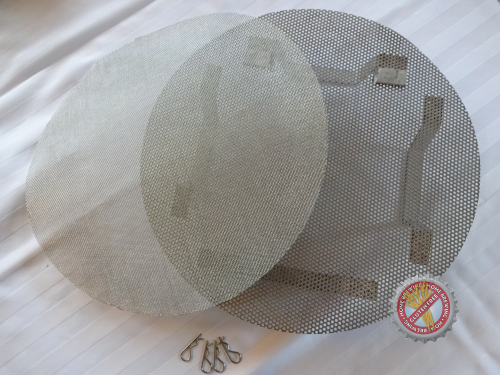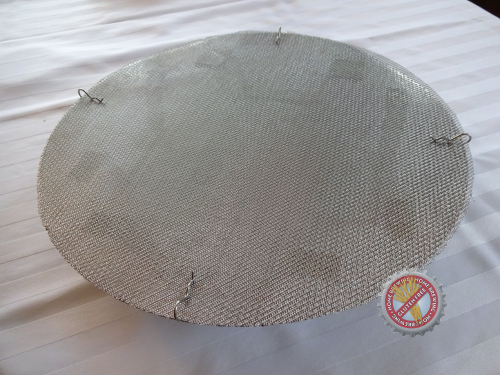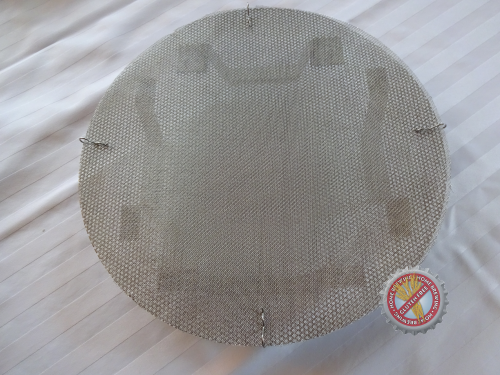Gluten Free Home Brewing Blog
Q&A with Bierly Brewing and New False Bottom Recommendation
Q&A about gluten free extract beer brewing with JP Bierly, brewer and owner of Bierly Brewing, a dedicated gluten free brewery in Philomath Oregon. Additional bonus feature: New false bottom recommendation that does not allow gluten free malt to pass through a conventional false bottom!
We spent a few days home brewing some "partial grain" and all-grain recipes with JP Bierly and shot this Q&A during a little downtime while the grain bill was mashing. Although we were brewing with malts during his visit, the Q&A is discussing his experience with extract brewing. Topics include his background; some challenges of working with a limited selection of gluten free extracts; working with yeast; body and head retention; water to extract ratio; and our recommendation for modifying a conventional false bottom for gluten free brewing.
This is our first attempt at making a video blog and it is a learning process. First lesson learned: compose the shot using the taller person sitting in the chair! The top of my head is out of the frame. But JP was such a natural we did the entire video in one shot. So I did not have the opportunity to adjust the camera position.
Visit Bierly Brewing at: http://www.bierlybrewing.com/
False Bottom Modified for Gluten Free Home Brewing
All conventional false bottoms that we have seen have holes / gaps too large to prevent gluten free malts from passing through. We have been using a stainless steel bazooka filter in conjunction with a false bottom. Used this way, the false bottom essentially just takes some pressure off of and protects the bazooka filter, but the bazooka filter is what prevents the gluten free malts from passing into the wort. For the all-grain mashes we conducted on JP Bierly's brewing equipment, we used a modified false bottom and a bazooka filter. It worked perfectly and did not let any grain pass through the false bottom. We were even able to run a pump to recirculate the wort when we turned the flame on to raise the mash temperature. Pumps are very vulnerable to any small amount of debris which can damage the pump, and we did not have any trouble!
The modification includes using a conventional stainless steel false bottom, an 18/8 stainless steel fine mesh splatter screen, and a set of stainless steel cotter pins. The false bottom must correctly fit across the diameter of the mash tun, and the handle on top of the false bottom must be removed. We recommend the removal of the handle is done professionally by a machine shop, with the edges ground down to a smooth finish. Using a wire cutters, carefully cut the fine mesh splatter screen to the same diameter of the false bottom. Be sure to wear appropriate eye and hand protection. Once cut, the edges of the fine mesh may try to unravel. We are still trying to think of a way to reinforce the edges to prevent this from happening. Use the cotter pins to affix the fine mesh onto the top of the false bottom. The fine mesh will rest on top of the false bottom but under the grain bill, preventing the grain bill from passing through the false bottom!



Cheers!